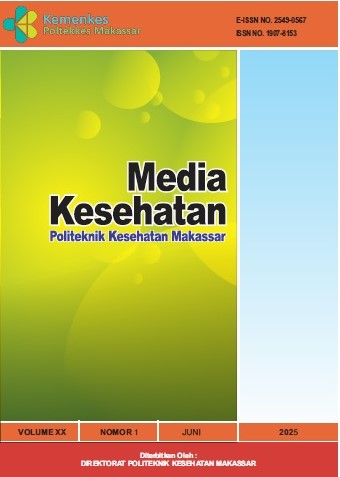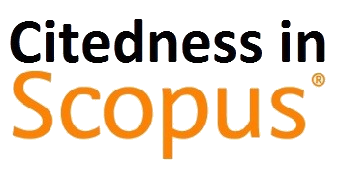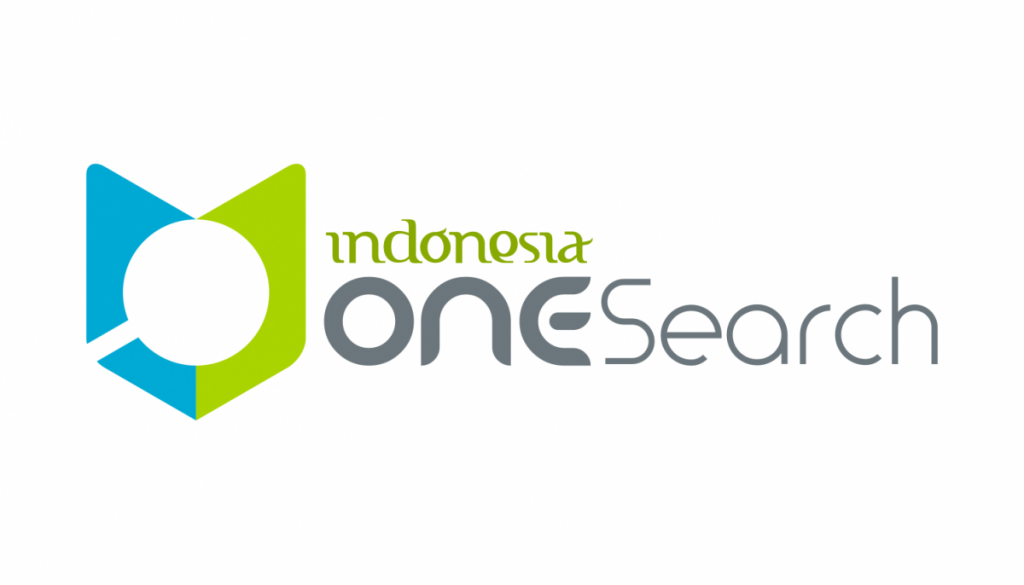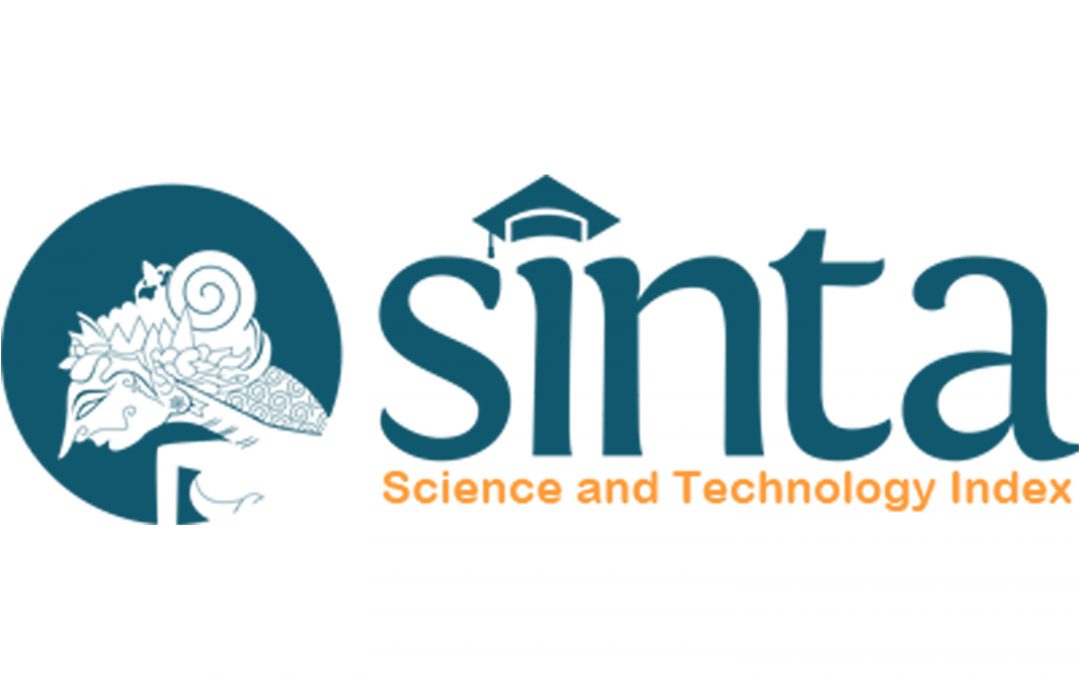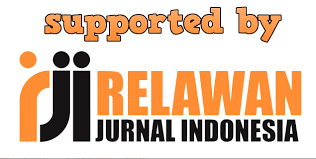Combination of Local Island Coagulation-Filtration in Reducing Turbidity Levels in Dug Wells on Barrang Caddi Island, Makassar City
DOI:
https://doi.org/10.32382/medkes.v20i1.1328Keywords:
Filtration, Total Dissolved Solids, Pumice, Activated Charcoal, Clean WaterAbstract
Small islands often face challenges in providing clean water, including the poor quality of dug wells on Barrang Caddi Island. This study aims to evaluate the effectiveness of coagulation using moringa seeds and filtration using pumice and mangrove charcoal in reducing turbidity and improving water quality. The study design is a quasi-experimental study using a one-group pretest-posttest approach. Samples were purposively selected from one dug well with the highest TDS value that is actively used. The treatment was conducted in three replicates to ensure consistency and reliability of the results. The coagulation process used Moringa oleifera at a dose of 350 mg/l, while filtration used pumice and activated charcoal media with a thickness of 60 cm. Effectiveness was calculated based on the difference in turbidity levels before and after treatment and analyzed using the Kruskal-Wallis test and post hoc analysis. The results showed significant differences in all methods applied (p = 0.016). Moringa seed coagulation reduced turbidity by 26.85%, pumice filtration by 68.72%, activated carbon filtration by 79.96%, and the coagulation-filtration combination by 74.80%. Activated carbon filtration demonstrated the highest adsorption capacity. This study concluded that the combination of coagulation and filtration is a practical and applicable solution for addressing clean water issues in coastal and island regions.
Keywords: Coagulation; Filtration; Moringa Seeds; Pumice; Activated Charcoal from Mangrove Wood
References
Bansal, R.C. and Goyal, M. (2005) Activated carbon adsorption. CRC press.
Cahyadi, A.. H.W. dan W. (2013) ‘Adaptasi Masyarakat Terhadap Keterbatasan Sumberdaya Air di Pulau Pramuka, Kepulauan Seribu, DKI Jakarta. Jurnal Penelitian Kesejahteraan Sosial’, 12 (2): 20.
Foo, K.Y. and Hameed, B.H. (2010) ‘Insights into the modeling of adsorption isotherm systems’, Chemical engineering journal, 156(1), pp. 2–10.
Geleta, W.S., Alemayehu, E. and Lennartz, B. (2021) ‘Enhanced Defluoridation of Water Using Zirconium—Coated Pumice in Fixed-Bed Adsorption Columns’, Materials 2021, Vol. 14, Page 6145, 14(20), p. 6145. Available at: https://doi.org/10.3390/MA14206145.
Gnimadi, C.J.I. et al. (2024) ‘Assessing the Influence of Hand-Dug Well Features and Management on Water Quality’, Environmental Health Insights, 18, p. 11786302241249844. Available at: https://doi.org/10.1177/11786302241249844.
Guler, U.A. and Sarioglu, M. (2014) ‘Removal of tetracycline from wastewater using pumice stone: Equilibrium, kinetic and thermodynamic studies’, Journal of Environmental Health Science and Engineering, 12(1), pp. 1–11. Available at: https://doi.org/10.1186/2052-336X-12-79.
Gultom, F.B., Rahman, R. and Heriansyah, H. (2021) ‘Analisis Kualitas Air Berdasarkan Parameter Fisika di Wilayah Kota Bengkulu’, Alchemy, 9(2), pp. 37–42. Available at: https://doi.org/10.18860/al.v9i2.13517.
Hamzani, S., Pahruddin, M. and A., S. (2022) ‘Aplikasi Reaktor Koagulasi-Flokulasi Berbiaya Murah untuk Menghasilkan Air Bersih yang Memenuhi Persyaratan Kesehatan’, Buletin Profesi Insinyur, 5(1), pp. 27–31. Available at: https://doi.org/10.20527/bpi.v5i1.133.
Handayani, Y.L., Darmayanti, L. and Desasy, H.J. (2024) ‘Pengaruh Ketebalan Media Pasir Kuarsa Dan Batu Apung Pada Pengolahan Air Gambut’, Journal of Environmental Management and Technology, 3(1), pp. 34–44. Available at: https://doi.org/10.31258/jptl.3.1.34-44.
Hanifah, H.N. et al. (2020) ‘Efektivitas Biokoagulan Cangkang Telur Ayam Ras dan Kulit Pisang Kepok (Musa Balbisiana ABB) dalam Menurunkan Turbiditas, TDS, dan TSS dari Limbah Cair Industri Farmasi’, al-Kimiya, 7(1), pp. 47–54. Available at: https://doi.org/10.15575/ak.v7i1.6615.
Haslindah, A. et al. (2022) ‘Sistem Kontrol Pendeteksi Kadar Kekeruhan Air Berbasis Arduino Uno’, ILTEK : Jurnal Teknologi, 17(1), pp. 47–51. Available at: https://doi.org/10.47398/iltek.v17i1.679.
Jeirani, Z., Niu, C. and Soltan, J. (2016) ‘Adsorption of emerging pollutants on activated carbon’, Reviews in Chemical Engineering, 33. Available at: https://doi.org/10.1515/revce-2016-0027.
Kasim, K.P. and Latifah, N. (2024) ‘Efektivitas Kayu Secang ( Caesalpinia Sappan L .) dalam Menurunkan Bakteri Coliform Pada Air Minum Isi Ulang’, XIX(2), pp. 280–288.
Kinasih, N.S., Budiono, Z. and Suparmin, S. (2023) ‘Hubungan antara Konstruksi Sumur Gali dan Jarak Sumber Pencemar dengan Kandungan Escherichia coli pada Sumur Gali Desa Pliken, Kecamatan Kembaran, Kabupaten Banyumas Tahun 2022’, Buletin Keslingmas, 42(2), pp. 70–76. Available at: https://doi.org/10.31983/keslingmas.v42i2.9760.
Listiarini, K. et al. (2010) ‘Hybrid coagulation-nanofiltration membrane for removal of bromate and humic acid in water’, Journal of Membrane Science, 365(1–2), pp. 154–159. Available at: https://doi.org/10.1016/j.memsci.2010.08.048.
M, M. et al. (2023) ‘Tabah Bamboo Biocharas Methylene Blue Adsorbent from Solution’, International Journal of Science and Research (IJSR), 12(11), pp. 1617–1622. Available at: https://doi.org/10.21275/SR231113182226.
Makonjio Philip, O. et al. (2023) ‘Efficiency of Pumice-Sand Granular Filter in Removing Effluent Wastes in Shirere Wastewater Treatment Plant in Kakamega County, Kenya’, American Academic Scientific Research Journal for Engineering, Technology, and Sciences, 96(1), pp. 1–28. Available at: https://asrjetsjournal.org/index.php/American_Scientific_Journal/index.
Ndayako, A.S. et al. (2023) ‘Assessing the Efficacy of Bio-Coagulants in Water Treatment’, European Journal of Applied Science, Engineering and Technology, 1(1), pp. 20–29. Available at: https://doi.org/10.59324/ejaset.2023.1(1).03.
Nisar, N., Koul, B. and Koul, B. (2020) ‘Application of Moringa Oleifera Lam. Seeds in Wastewater Treatment’, Plant Archives, 21(supplement), pp. 2408–2417. Available at: https://doi.org/10.51470/plantarchives.2021.v21.s1.393.
Novarianti, N. and Amsal, A. (2022) ‘Pengaruh Konstruksi Sumur Gali Dan Jarak Sumber Pencemar Terhadap Kualitas Bakteriologis Air di Wilayah Kerja Puskesmas Palolo’, Poltekita : Jurnal Ilmu Kesehatan, 16(2), pp. 170–174. Available at: https://doi.org/10.33860/jik.v16i2.686.
Nurhady, M.F., Ramlan, D. and Suparmin, S. (2022) ‘Pengaruh Ketebalan Media Filtrasi sebagai Pengolahan Air terhadap Kekeruhan dan Bau Air Sumur Gali di Desa Kragilan Kecamatan Kragilan Kabupaten Serang Tahun 2022’, Buletin Keslingmas, 41(3), pp. 137–143. Available at: https://doi.org/10.31983/keslingmas.v41i3.8812.
Olabanji, T.O. et al. (2021) ‘Assessment of Moringa oleifera Seeds as a Natural Coagulant in Treating Low Turbid Water’, FUOYE Journal of Engineering and Technology, 6(4). Available at: https://doi.org/10.46792/FUOYEJET.V6I4.702.
Panjaitan, R.A. (2024) ‘PROTOTYPE SISTEM PEMBERIAN NUTRISI OTOMATIS PADA TANAMAN HIDROPONIK SELADA DENGAN WICK SYSTEM BERBASIS INTERNET OF THING (IoT)’, Jurnal Informatika dan Teknik Elektro Terapan, 12(2). Available at: https://doi.org/10.23960/jitet.v12i2.4063.
Prabowo, B.H., Nursaidah, Z. and Safitri, F. (2019) ‘Pengaruh H2O2 dalam Metode Koagulasi Pengolahan Air Payau Menggunakan Koagulan PAC dan Aluminium Sulfat’, Jurnal Teknik: Media Pengembangan Ilmu dan Aplikasi Teknik, 18(02), pp. 101–107. Available at: http://creativecommons.org/licenses/by/4.0/.
Reforma, B., Ma’arif, A. and Sunardi, S. (2022) ‘Alat Pengukur Kualitas Air Bersih Berdasarkan Tingkat Kekeruhan dan Jumlah Padatan Terlarut’, Jurnal Teknologi Elektro, 13(2), p. 66. Available at: https://doi.org/10.22441/jte.2022.v13i2.002.
Rohmawati, Y. and Kustomo, K. (2020) ‘Analisis Kualitas Air pada Reservoir PDAM Kota Semarang Menggunakan Uji Parameter Fisika, Kimia, dan Mikrobiologi, serta Dikombinasikan dengan Analisis Kemometri’, Walisongo Journal of Chemistry, 3(2), p. 100. Available at: https://doi.org/10.21580/wjc.v3i2.6603.
Satyam, S. and Patra, S. (2024) ‘Innovations and challenges in adsorption-based wastewater remediation: A comprehensive review’, Heliyon, 10(9), p. e29573. Available at: https://doi.org/10.1016/J.HELIYON.2024.E29573.
Sholihin, M., Perwira, I.Y. and Ernawati, N.M. (2021) ‘Bahan Organik Terlarut Dan Parameter Yang Mempengaruhinya Di Bagian Hilir Tukad Mati, Bandung, Bali’, Current Trends in Aquatic Science, 4(1), pp. 89–95.
Silalahi, M.I. et al. (2023) ‘Kombinasi Adsorben Alam Dalam Pengolahan Air Limbah Cucian Pada Bengkel’, Jurnal Kesehatan Lingkungan Indonesia, 22(2), pp. 122–127. Available at: https://doi.org/10.14710/jkli.22.2.122-127.
Udyani, K. et al. (2019) ‘Pembuatan Karbon Aktif dari Arang Bakau Menggunakan Gabungan Aktivasi Kimia dan Fisika dengan Microwave’, Jurnal IPTEK, 23(1), pp. 39–46. Available at: https://doi.org/10.31284/j.iptek.2019.v23i1.479.
Worch, E. (2012) Adsorption technology in water treatment. de Gruyter Berlin.
Downloads
Published
How to Cite
Issue
Section
PDF (Bahasa Indonesia) downloaded: 347

